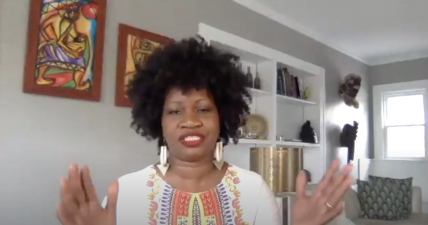Congratulations to Katherine Arner (2011-2012 Research Fellow), who has just begun a three-year postdoctoral fellowship in the Department of the History of Medicine at Johns Hopkins University. Arner completed and defending her dissertation, "The Malady of Revolutions: Yellow Fever in the Atlantic World, 1793-1828," on June 27, 2014.
Congratulations to Kurt MacMillan (2011-2012 Dissertation Writing Fellow), who has been appointed full-time lecturer in the Humanities Core Program at the University of California, Irvine for 2014-2015.
Congratulations to Jeannie Shinozuka (2014-2015 Research Fellow), who has recently been granted a 2014-2016 Andrew W. Mellon Post-Doctoral Fellowship at the University of Illinois at Urbana-Champaign. Shinozuka published an article on Japanese beetles and Japanese immigrant gardeners in the December 2013 issue of American Quarterly.
Rebecca Onion was a postdoctoral fellow during 2012-2014. Her book, tentatively titled Innocent Experiments: Childhood and the Culture of Public Science in the United States, is now under contract with the University of North Carolina Press.
Teasel Muir-Harmony of MIT was a Dissertation Writing Fellow in 2013-2014. She has been appointed to a three-year postdoctoral fellowship at the Center for History of Physics at the American Institute of Physics.
Julia Mansfield of Stanford University was a Dissertation Writing Fellow for 2013-2014. She has been awarded a Dissertation Completion Fellowship for 2014-2015 from the Society for Historians of American Foreign Relations. Mansfield will be spending this fellowship year at the Center.
Brandon Zimmerman, Independent Scholar
2013 to 2014 Research Fellow
Jason Kauffman, University of North Carolina-Chapel Hill
2013 to 2014 Research Fellow
Emily Handlin, Brown University
2013 to 2014 Research Fellow
Pagination
- Previous page
- Page 47
- Next page
